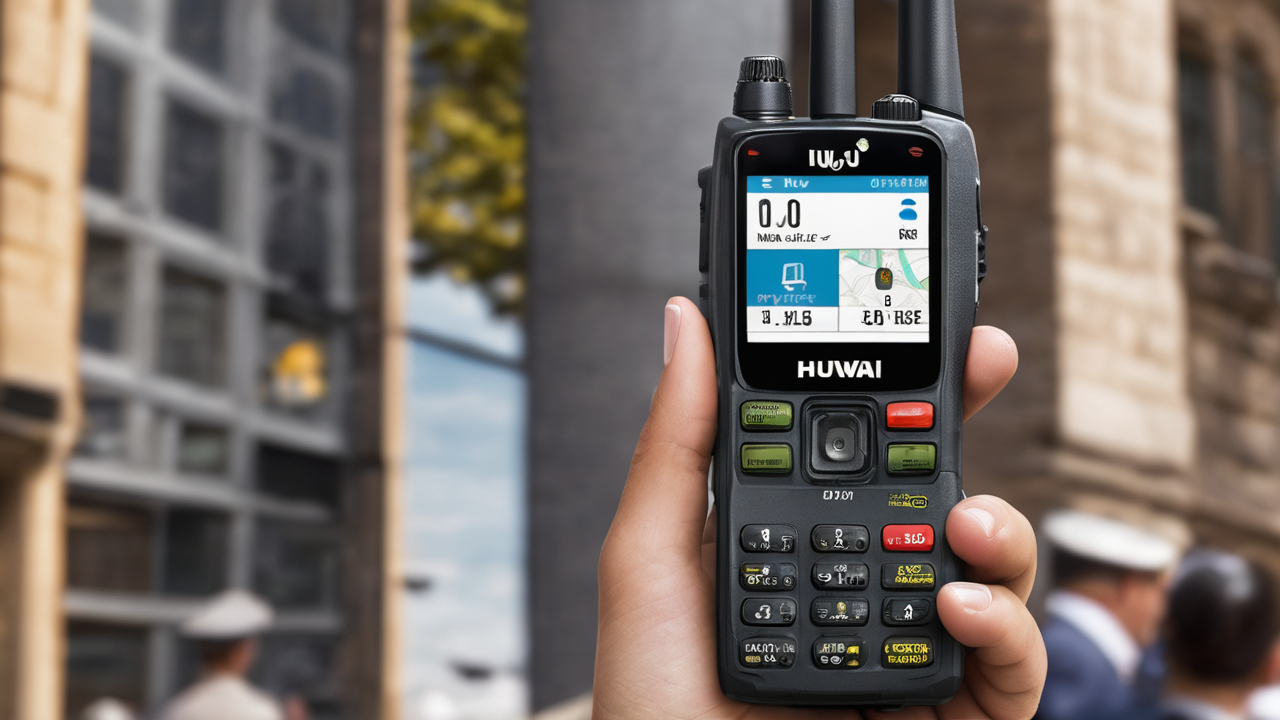The Evolution of Walkie-Talkies in the Digital Age
A Brief History of Walkie-Talkie Technology
Walkie-talkies have come a long way since their inception. They first appeared during World War II as portable communication devices for soldiers. These early models were bulky and had limited range. Over time, they became smaller and more powerful. In the 1970s, they gained popularity among civilians for personal use. The 1990s saw the introduction of digital models, improving sound quality and range. Today, walkie-talkies have evolved into sophisticated devices. They now offer features like GPS tracking and text messaging. This evolution shows how they've adapted to changing communication needs.

The Integration of Smart Technology into Walkie-Talkies
Modern walkie-talkies are embracing smart technology. Many now come with touchscreens and user-friendly interfaces. Some models can connect to smartphones via Bluetooth. This allows for expanded functionality and easier use. Advanced walkie-talkies now offer features like:
- Voice activation
- Encryption for secure communication
- Integration with mobile apps
- Long-range communication through cellular networks
These smart features make walkie-talkies more versatile. They're no longer just for short-range communication. Now, they're powerful tools for various industries and personal use. The integration of smart tech has breathed new life into this classic device.
Regulatory Landscape and Compliance for Walkie-Talkies in the United States
Understanding FCC Regulations for Walkie-Talkie Phones
The Federal Communications Commission (FCC) oversees walkie-talkie use in the US. They set rules to prevent interference and ensure fair use of radio frequencies. Key FCC regulations include:

- Frequency allocation for different types of walkie-talkies
- Power output limits to control transmission range
- Licensing requirements for certain frequencies
- Rules against modifications that could cause interference
Users must understand these rules to use walkie-talkies legally. For example, some frequencies require a license. Others are open for public use without a license. The FCC also regulates features like voice scrambling and range extenders. Staying informed about these rules is crucial for both users and manufacturers.
Compliance Challenges for Manufacturers and Retailers
Manufacturers and retailers face several challenges in complying with FCC regulations. They must ensure their products meet all technical specifications. This includes frequency range, power output, and emission standards. They also need to provide clear user guidelines. These should explain how to use the device legally. Some specific challenges include:
- Keeping up with changing regulations
- Obtaining proper certifications for new models
- Educating consumers about legal use
- Dealing with international regulations for imported devices
Compliance is an ongoing process. It requires constant vigilance and adaptation. Manufacturers must balance innovation with regulatory requirements. Retailers need to stay informed to sell products responsibly. Both play a crucial role in ensuring walkie-talkies are used safely and legally.
Market Trends and Consumer Preferences for Walkie-Talkie Phones
The Demand for Walkie-Talkie Phones in Various Industries
Walkie-talkie phones are in high demand across many industries. They offer reliable communication in challenging environments. Some key sectors using these devices include:

- Construction: For coordinating workers on large sites
- Hospitality: In hotels and resorts for staff communication
- Event management: For organizing large gatherings
- Security: In malls, airports, and other public spaces
- Healthcare: In hospitals for quick staff coordination
Each industry has specific needs. For example, construction sites need rugged, long-range devices. Hospitals require clear audio and interference-free operation. As a result, manufacturers are creating specialized walkie-talkie phones. These cater to the unique demands of different sectors. The industrial market for these devices continues to grow steadily.
How Consumer Behavior is Shaping the Future of Walkie-Talkies
Consumer preferences are driving innovation in walkie-talkie technology. Today's users want devices that are:
- Easy to use with intuitive interfaces
- Durable and long-lasting
- Capable of integrating with other devices
- Offering clear, high-quality audio
- Providing long-range communication options
These demands are pushing manufacturers to improve their products. Many new models now offer smartphone-like features. This includes touchscreens, apps, and internet connectivity. There's also a growing interest in eco-friendly options. Some brands are developing solar-powered or rechargeable devices. The future of walkie-talkies looks bright. They're evolving to meet the changing needs of both industrial and personal users.


